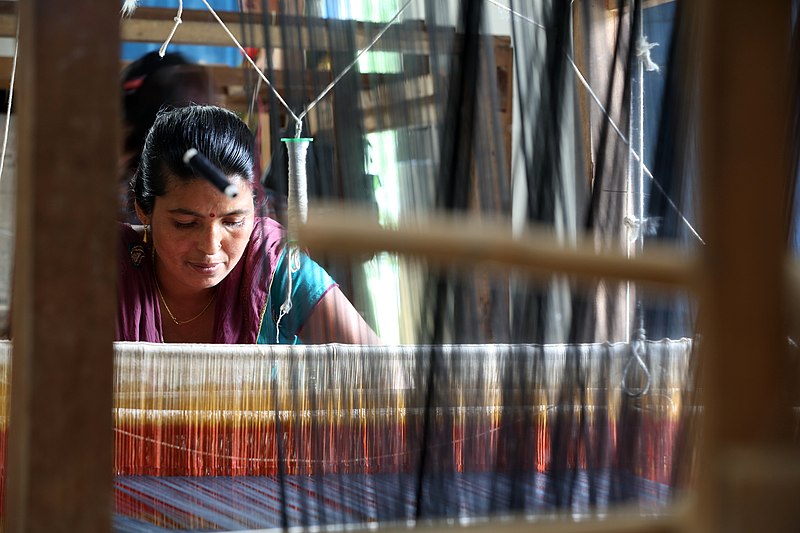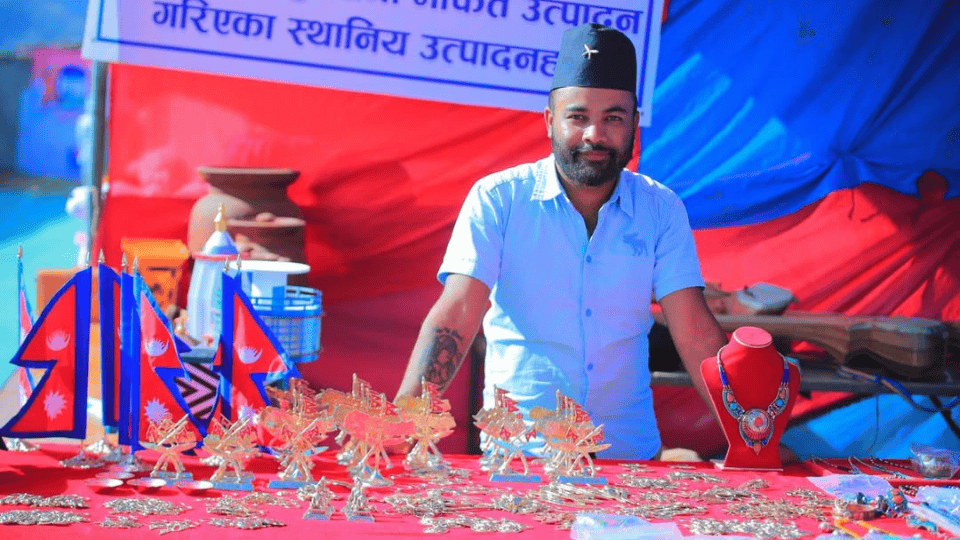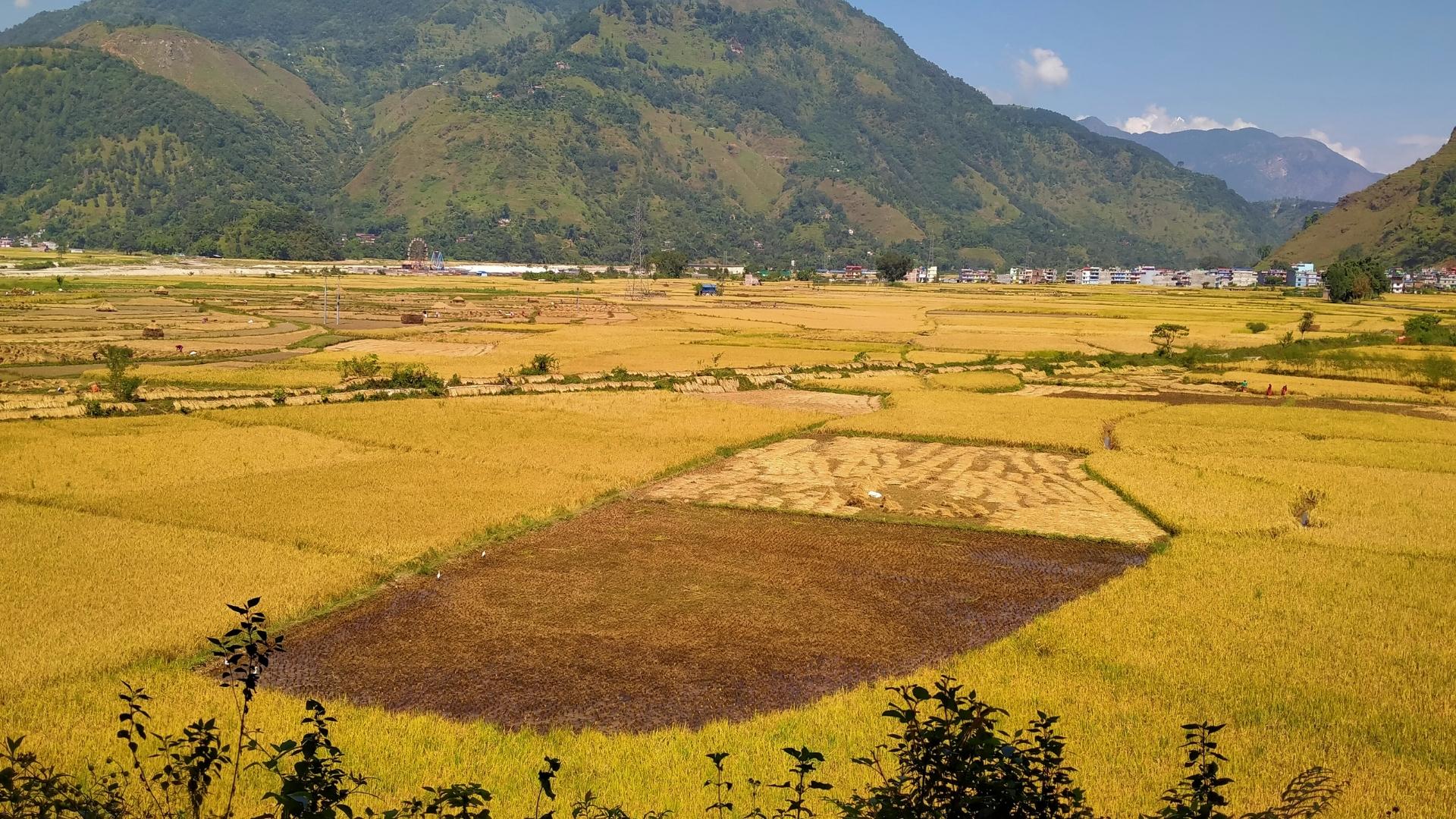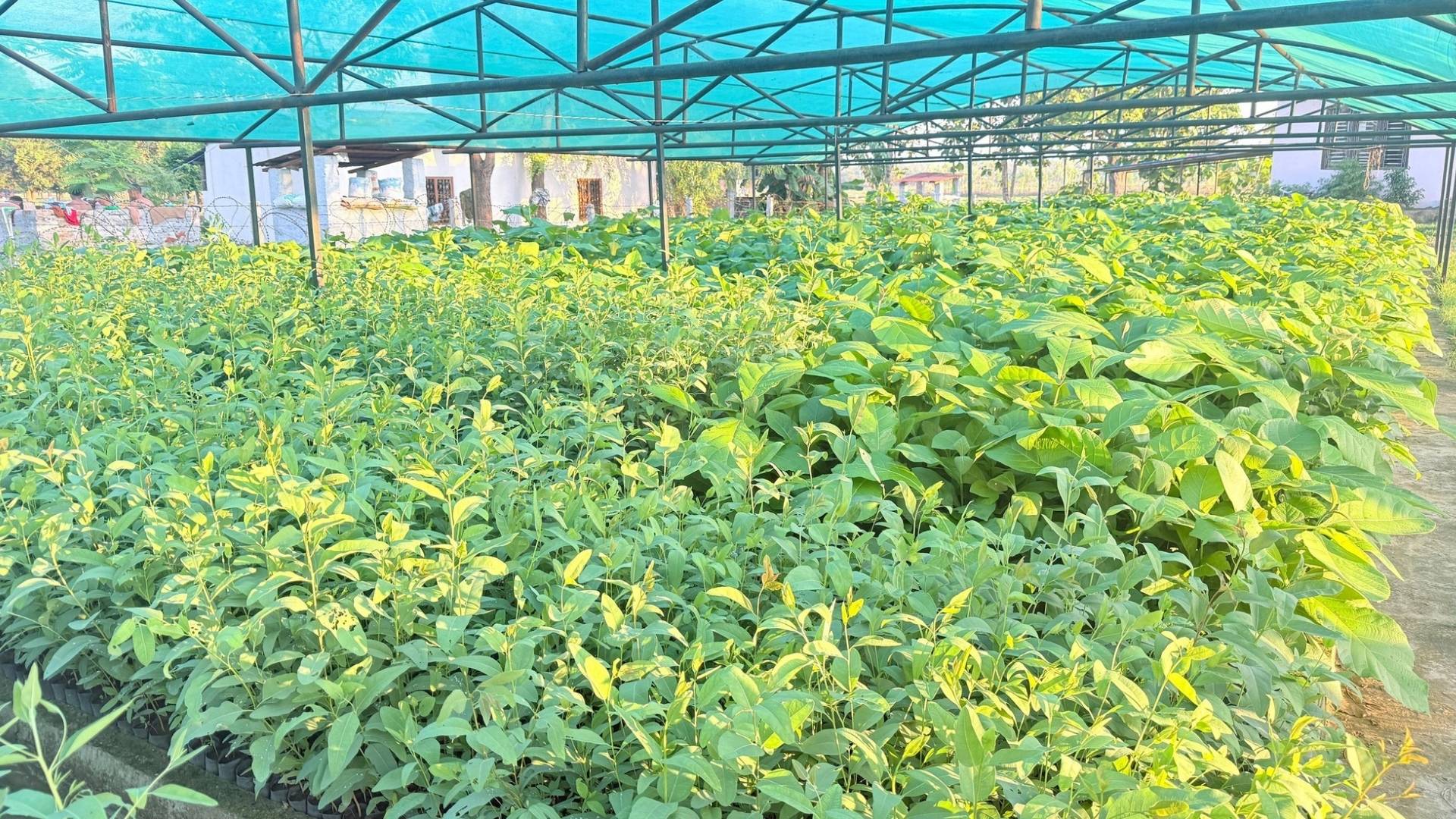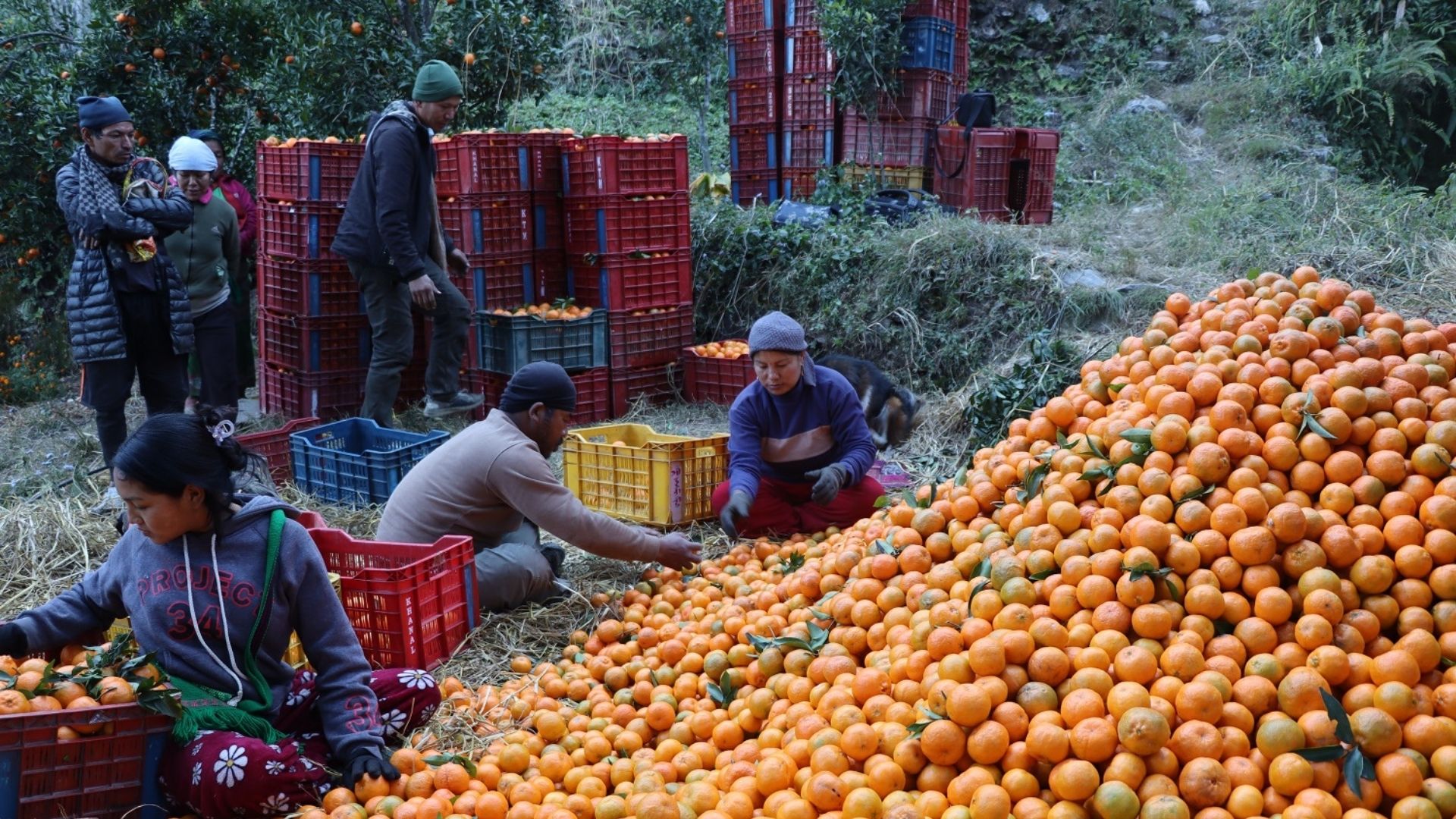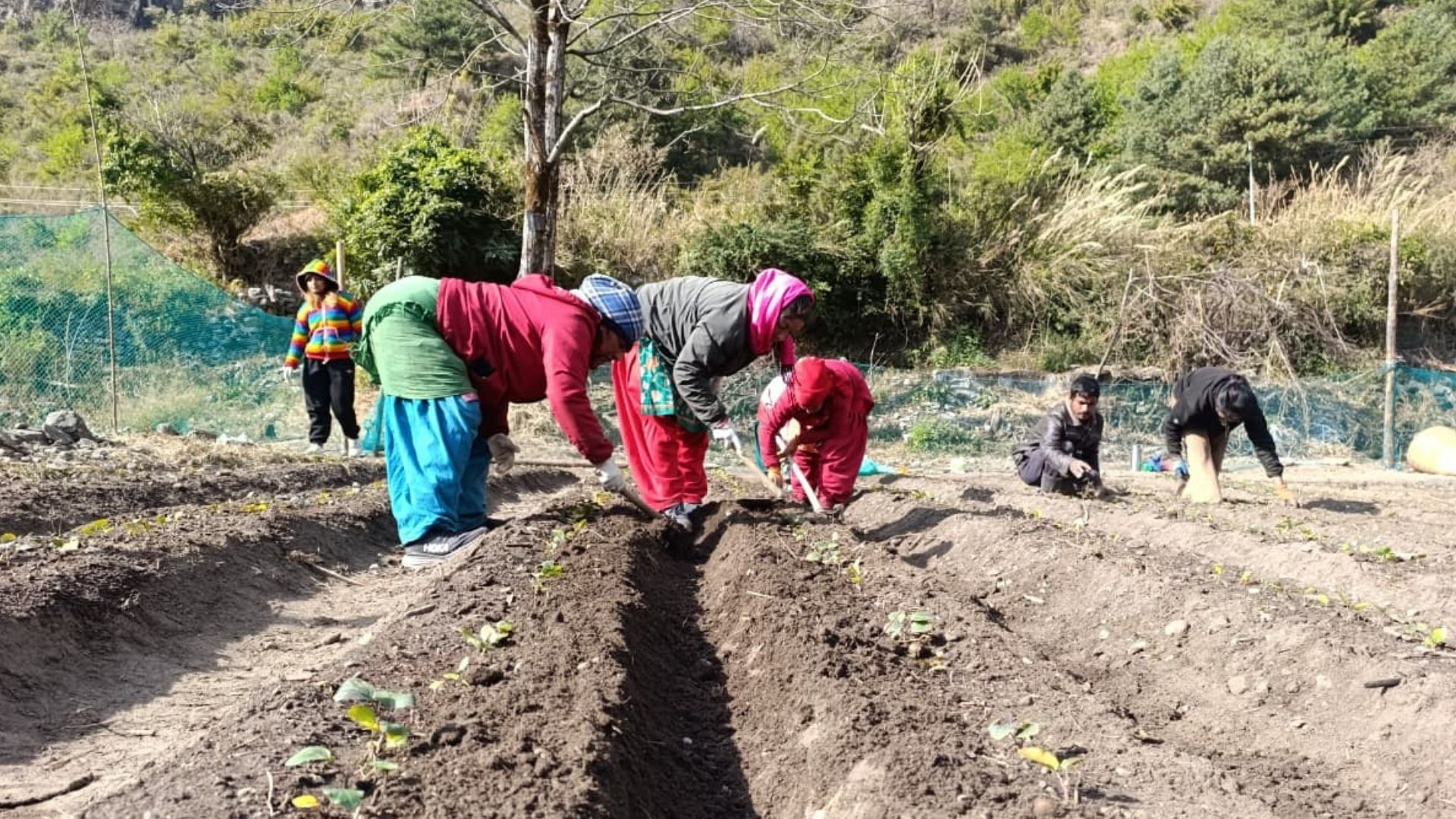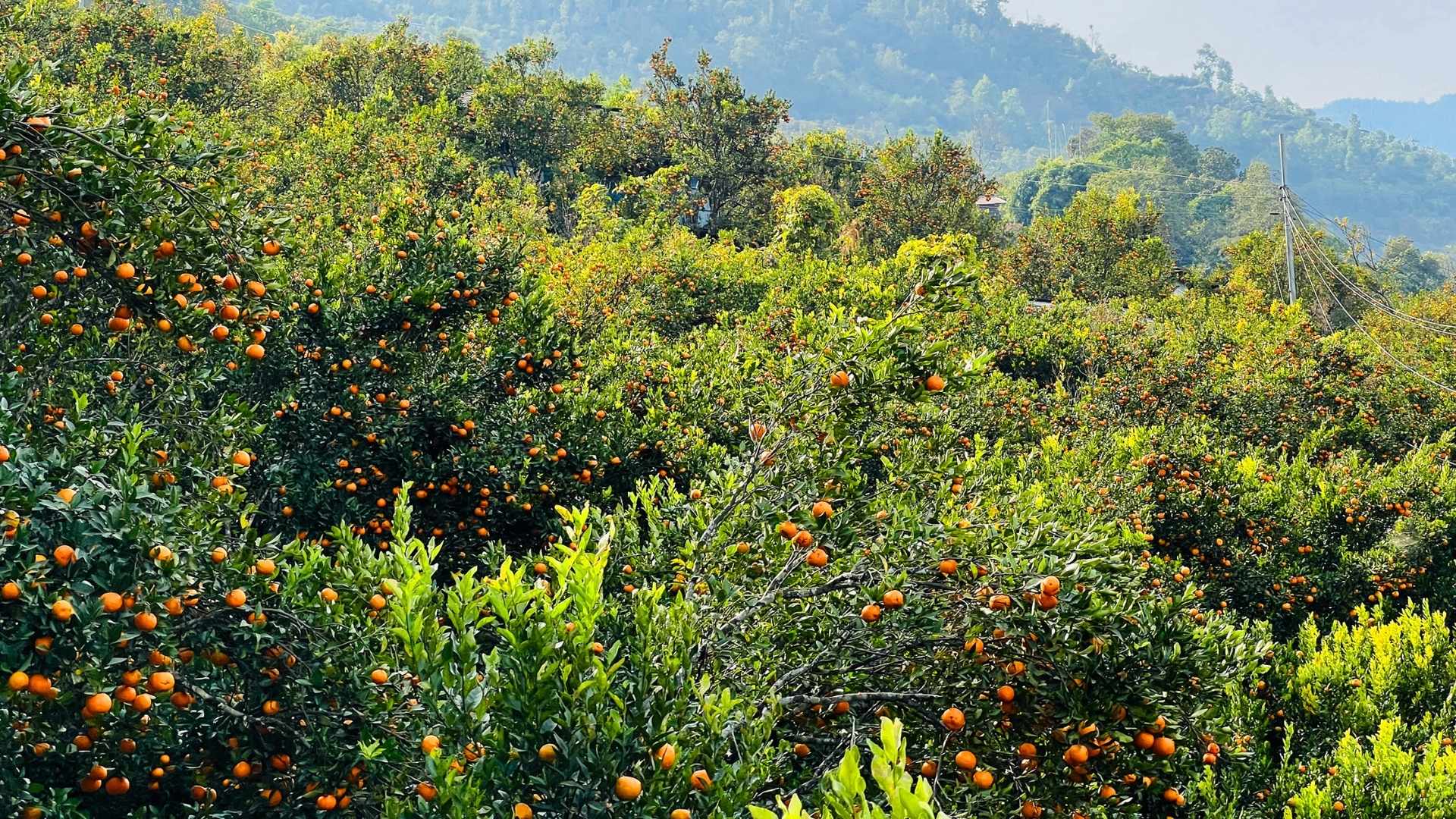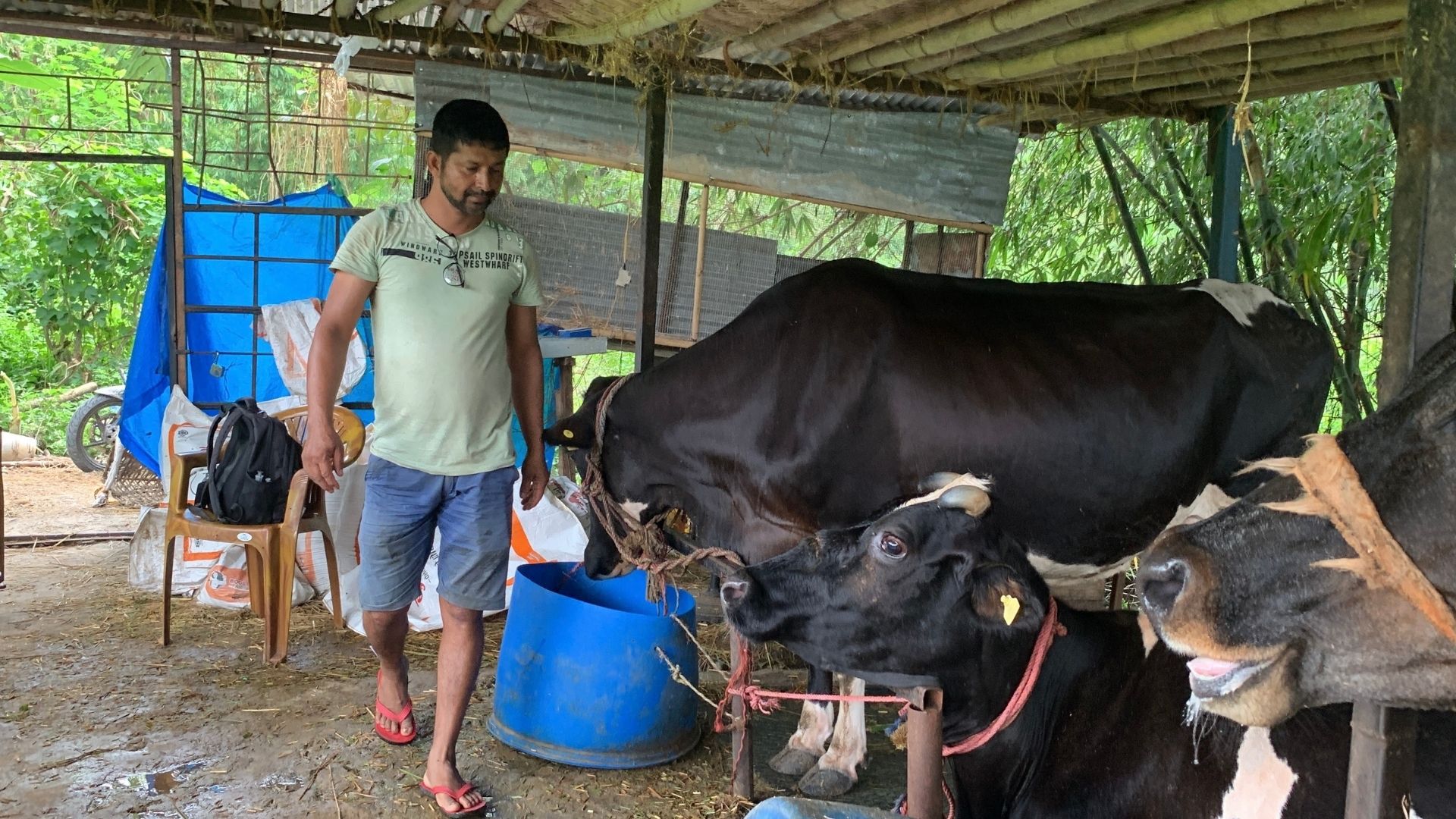Do you know that the Nepal government provides cashback of up to 8% for the export value of select products?
The ‘Export Subsidy Work Procedure’ was introduced in 2018, revised the same year, and significantly overhauled in 2022.
Under the present export incentive scheme, 36 export items can avail a certain amount of their total exports depending on the product, export volume, and value addition in the country.
The items are categorized into two annexes for 5% and 4% cash subsidies (see table below), which must have a value addition of 50% and 30%, respectively.
|
S. No. |
Annex 1 (5%) | Annex 2 (4%) |
| 1 | Processed tea | Textiles |
| 2 | Processed coffee | Ready-made garments |
| 3 | Handicrafts (including copper, brass, bronze, and clay items) and wooden objects | Carpets and Wool products |
| 4 | Processed leather (crust) and its products | Items made from Pashmina; Cashmere and ‘Chyangra‘ Pashmina |
| 5 | Handmade paper and its products | Domestically processed jute and jute products |
| 6 | Processed and semi-processed herbs (including Yarsagumba) and essential oil | Gold and silver jewelry |
| 7 | Processed precious stones and jewelry with those stones | Domestic semi-processed leather |
| 8 | Allo products | Medicines |
| 9 | Processed drinking water/mineral water | Felt products |
| 10 | Processed and semi-processed turmeric | Yarns of Polyester/Fibre viscose/Acrylic/Cotton |
| 11 | Fresh vegetables* | Copper products (Handicrafts, materials used in rituals, decorative items and other utensils) |
| 12 | Flowers* | Footwear (shoes and slippers) |
| 13 | Processed honey* | Clinker |
| 14 | Processed and semi-processed black cardamom | Cement |
| 15 | Processed and semi-processed ginger (dried, sliced, oil, powder, etc.) | Steel |
| 16 | Dairy products (milk, cheese, paneer, chhurpi, fat)* | Catechu (कत्था) |
| 17 | Fruits* | Rosin and Turpentine |
| 18 | Pickles* | Plywood |
*Exported in foreign currency to the third country
Additional provisions:
- Extra 1% cashback if the value addition is at least 80% and 70% on products from Annex 1 and Annex 2 respectively
- Extra 1% cashback if export items/products have a collective trademark like tea or pashmina
- Extra 1% cashback if export value has increased by 20% on a year-on-year basis. This cashback is provided on the total increased value.
- If products from Annex 1 have a value addition below 50% but at least 30%, they are still eligible for 4% cash back instead of standard 5%
- If products from Annex 2 have a value addition of at least 50%, they will be eligible for 5% cash back instead of standard 4%
- Products with an annual export exceeding Rs 500 million are eligible for 8% cash back on the exceeded value of export value.
- Cash subsidies should be utilized for international market promotion, enhancement of technology and capacity, and e-commerce.
For the fiscal year 2080/81, the Nepal government allocated Rs. 900 million to continue the cash subsidy provided for the export of various 36 types of goods to be disbursed every three months.
How is value addition calculated?
Value addition = [(Export FOB Price – Value of foreign originated material)/Export FOB Price] *100


